There really might be some truth to the expression “New hair, new you.” Search “hair theory” on TikTok, and you’ll find hundreds of videos of users transforming their whole vibe by simply changing how they style their hair:
One minute, they’re a business professional with a tightly pulled-back bun. The next, they’re an easygoing flower child with loose, bouncy curls, then a fun, edgy rocker chick with a flip of the hair. Even subtle changes like the positioning of someone’s part can completely transform how they are perceived.
Advertisement
But how you style your hair can also dramatically alter how people perceive another thing about you — your age.
A refreshed hairstyle instantly transforms the Golden Girls from America’s favorite retirees into contenders for a “Sex and the City” reboot. Likewise, short, stiff styles can make actors like Jennifer Aniston and Julia Roberts look like they’re ready to embark on their fifth Viking River Cruise.
Often, people trying to shave a few years off their appearance might focus on staying on top of the latest makeup and clothing trends. But changing your hairstyle could be the missing piece of the puzzle to look decades younger.
Advertisement
“It’s always the hair!” said Nicky Clarke, a hairstylist who was honored with the Officer of the Most Excellent Order of the British Empire in 2008 for his contributions to the British hairdressing industry.
“You can change your clothes, you change your makeup… but it’s always the hair. You can instantly make somebody look younger or older [with their hair],” said Clarke.
Jalia Pettis, a Phoenix-based hairstylist, has also seen the transformative nature of hairstyles firsthand.
“A hairstyle can change your whole vibe. I’ve seen it happen countless times as a session stylist who works on set,” Pettis said.
If you’re ready to undergo your hairstyle transformation (and maybe wind back the clock on your appearance a few years), these are the key areas our experts say to focus on.
Advertisement
Color
Unsurprisingly, gray hair is one of the most obvious hints of aging, and many women visit their local salon for regular color touch-ups.
However, our experts stress that the key to looking younger isn’t just about covering up the grays. It’s essential to pick the right color.
“When a hair color is too flat or doesn’t complement the skin tone, it can make fine lines or dullness more noticeable, which can unintentionally age you,” Pettis said.
Rather than a flat color, try adding highlights or lowlights to keep your style looking youthful and fresh, recommends Joseph Maine, celebrity hairstylist and co-founder of Trademark Beauty.
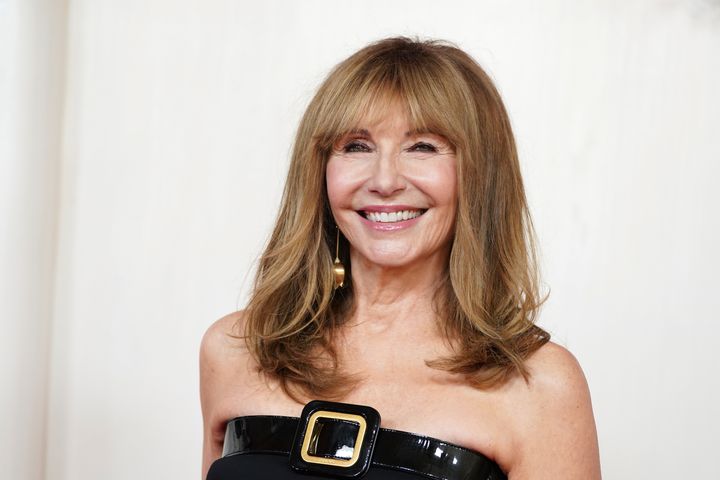
Jordan Strauss via Associated Press
Advertisement
“Adding warm tones to your hair can really brighten up your complexion and bring a more youthful glow to aging skin by giving it that extra bit of warmth and color,” Maine said.
According to Clarke, the key to appearing more youthful is creating softness. Clarke recommends a slightly softer color around the face to create a smoother, more youthful look.
“If you’re a blonde, having those slightly lighter pieces within your honey tones tends to make things pop. If you’re a brunette, you can have those slightly dark honey tones around the face,” Clarke said.
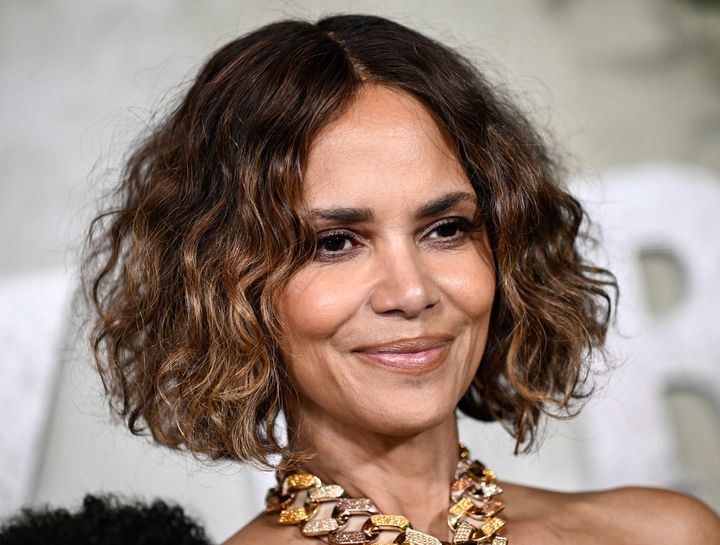
Evan Agostini via Associated Press
But if you’re done with the constant upkeep of maintaining colored hair, you can still rock your silver locks while keeping your look fresh. A salt-and-pepper mix tends to age people, according to Clarke, but pure colors tend to be more flattering.
Advertisement
“We can see women who have got that wonderful Silver Fox thing going on,” Clarke said. “And that works because it’s almost not gray; it’s a pure color, whether it be a silver gray or a white.”
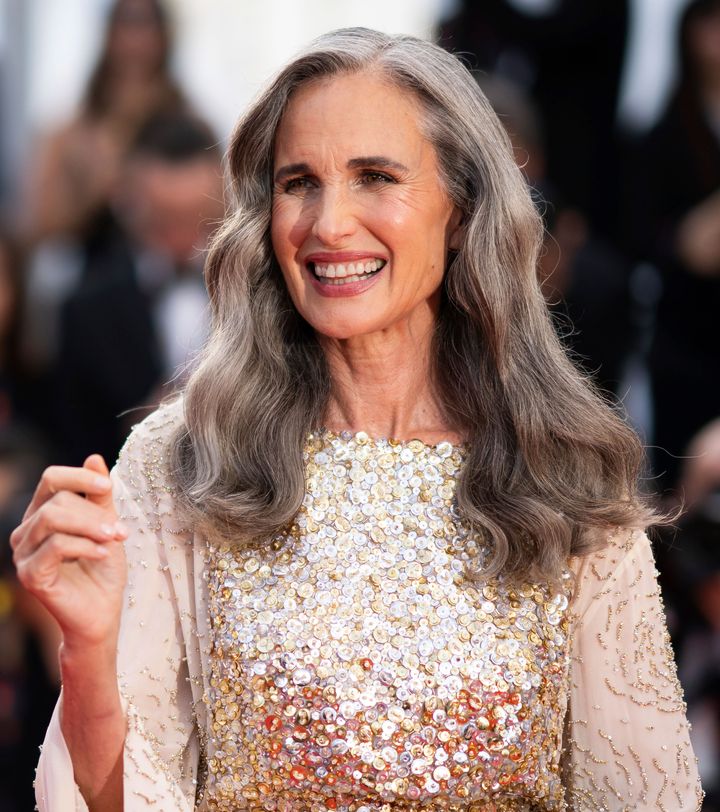
Scott A Garfitt via Associated Press
Texture
When you look at pictures of yourself in your 20s, you might notice something different about your hair that you can’t quite put your finger on. The cut and color are the same, so why does your hair look so different now?
“As we age, the texture and density of our hair changes,” Pettis said. “But there are things you can do to keep it healthy and looking youthful. It’s all about moisture, protection, and retention.”
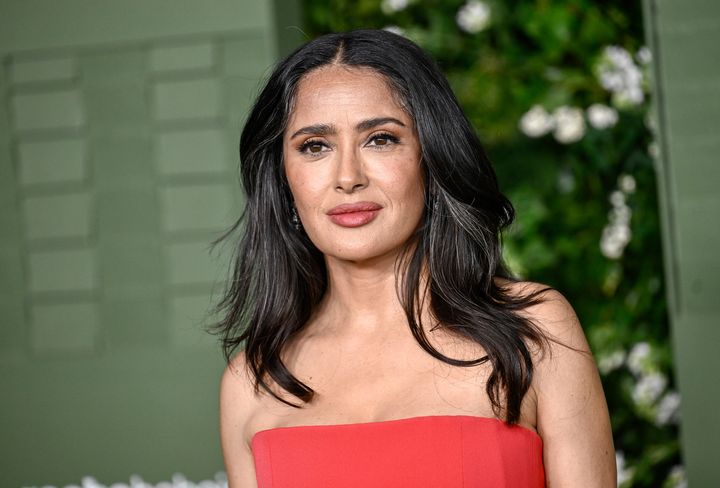
Evan Agostini via Associated Press
Advertisement
To keep your hair in tip-top shape, Pettis recommends investing in deep conditioning products and products that strengthen your hair.
Ingredients like keratin, collagen and hydrating oils can also help maintain your hair’s youthful shine and elasticity, Maine said.
Our expert stylists also stress that as you age, protecting your delicate strands becomes even more important, particularly when styling your hair. Opt for low-heat styling options or use heat-protectant products to protect your locks and prevent breakage.
Cut and style
With trends constantly shifting and changing, the hottest hairstyles of the past can now instantly reveal your age. Even millennials have had to face the music as their beloved side parts were declared “old” by Gen Z.
If you can’t seem to embrace the Gen Z middle part, fret not. When choosing a new, fresh look, our stylists encourage picking styles that flatter your unique features, rather than pursuing whatever is currently trendy.
Advertisement
“It’s all about keeping things soft and touchable to avoid anything that feels too rigid or stuck in time,” Maine said. “Personally, I think it’s important to pay attention to your features, texture, and lifestyle when choosing an appropriate style more so than age.”
Short hair
Due to its easier upkeep, many older women tend to adopt shorter hair, causing some people to associate shorter locks with maturity. But according to our experts, that doesn’t mean a shorter style will necessarily age you.
“There are times when shorter hair works much better than longer hair because you can make short hair with a kind of a sporty feel to it,” Clarke said.
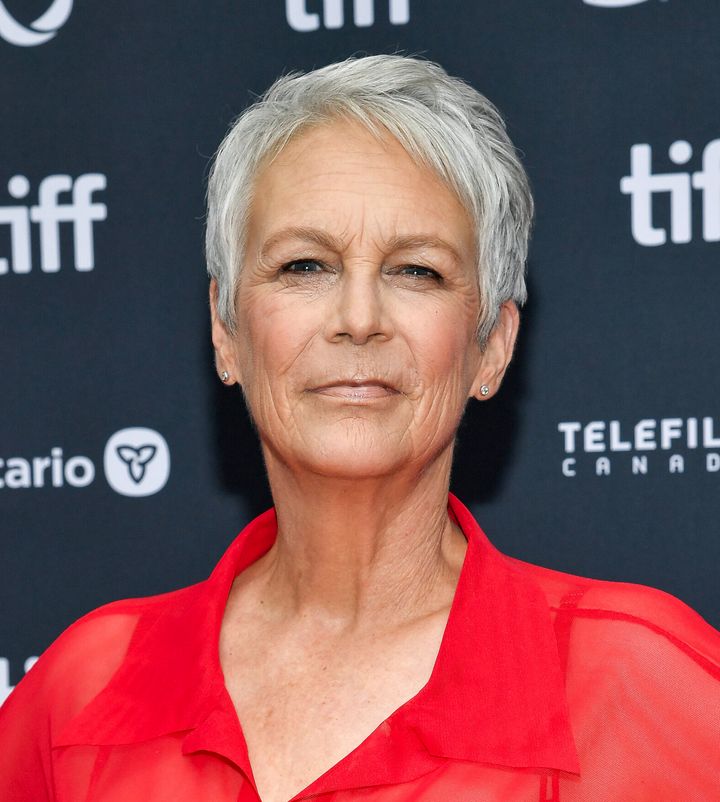
Evan Agostini via Associated Press
“A short pixie cut can lift the face and emphasize cheekbones,” Maine said. “Long hair can sometimes drag the face down.”
Advertisement
If you go for the big chop, our experts recommend that you avoid overly structured styles (like the infamous “Karen” haircut) and stick to softer, looser styles.
“I always say that to create a younger look, the objective is to try and get hair that has movement in it,” Clarke said.
Long hair
While longer hair tends to be associated with youth, Maine cautions that as your hair ages and its color and texture change, longer hair can potentially make you look older.
“Very often, long hair is dragging you down if it’s not cut and styled right,” Clarke said.
That said, it doesn’t mean long hair is completely out of the cards for you in your golden years.
“If someone has a silky hair texture or can rock a voluminous blowout to balance out their proportions, longer hair can absolutely work!” Maine said. “This is why it’s so important to consider all factors instead of just saying ‘older women should avoid short hair if they want to look youthful.’”
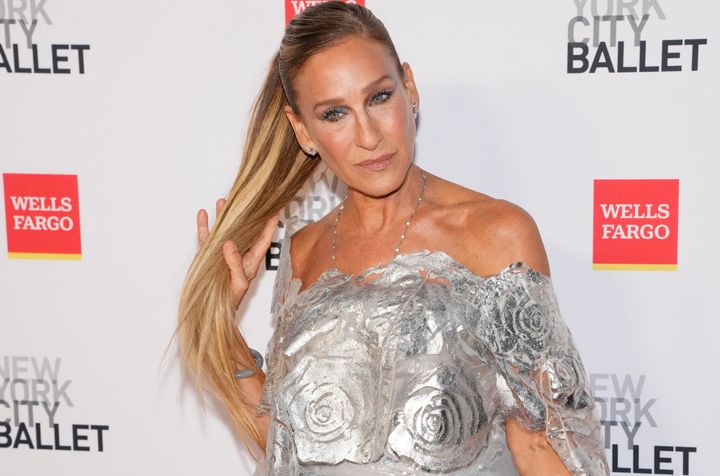
Charles Sykes via Associated Press
Advertisement
For longer hairstyles, Maine recommends soft layers around the face to create shape and make your hair look touchable.
Not ready to let go of the old ’do?
Even if you feel like it’s time for a change, struggling with letting go of your old hairstyle is not unusual. When changing your style, our experts recommend going at your own pace to find a look you absolutely love.
“My advice to anyone looking to step outside their comfort zone is to trust your gut,” Pettis said. “The moment you start second-guessing and letting other people’s opinions sway you, that’s when you step into dangerous territory.”
Fortunately, with a smartphone and a selfie, you see whether a new style works for you without ever setting foot in a salon.
“Using technology is a fantastic way to try out a new hairstyle before fully committing,” Maine said. “There are tons of apps that let you see different cuts and colors on your face, making it easy to quickly figure out if a style might suit you.”
Advertisement
And once you get your hair cut, bear in mind that it may take time to adjust to your new look — and that’s OK.
“No matter your age, it can be tough to see yourself differently, especially if you’ve had the same look for a while,” Maine said. “Hair frames your face and is closely tied to your identity, so it’s completely normal to need an adjustment period when making a big change.”








